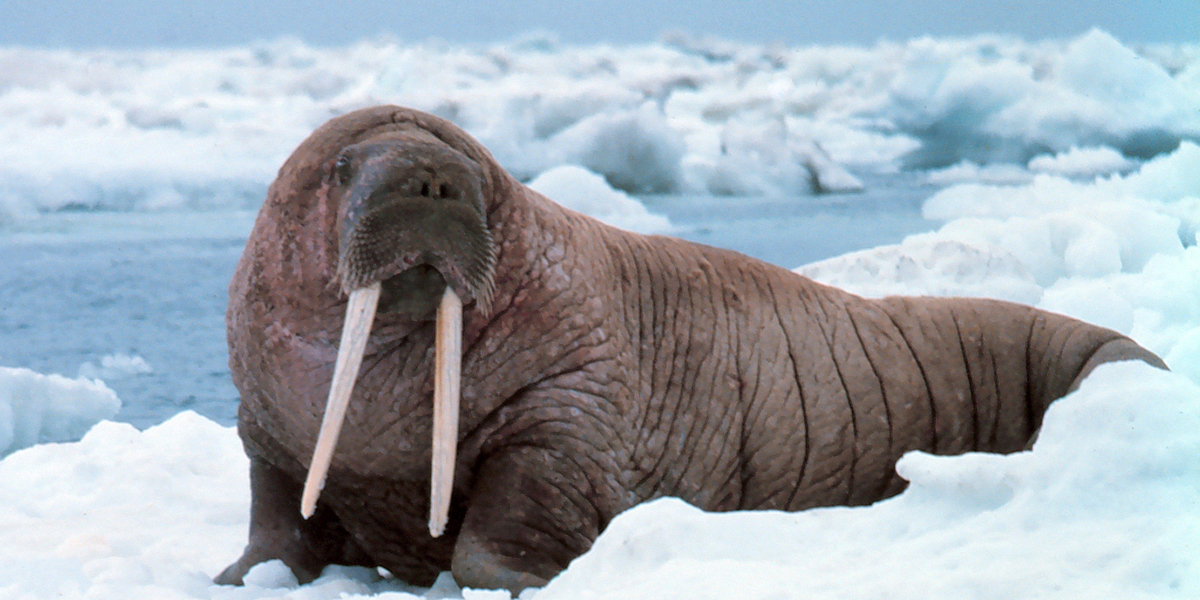Seals | An agent-based modelling tool
Estimating the effect of retreating sea-ice and intensifying human activities on seal in the Arctic
Climate change occurs at a global scale, but the effects are currently most noticeable in the polar regions. Due to global warming, Arctic sea ice is disappearing fast, potentially with great consequences for animals living in this region. Researchers from NIOZ, Wageningen University & Research and the Arctic Centre (University of Groningen) are developing individual-based models to better understand the effects of the retreating sea ice on Arctic seals. The models will first be developed for a relatively well studied species, the harbour seal (Phoca vitulina), after which they will be adapted to fit seals from the Arctic.
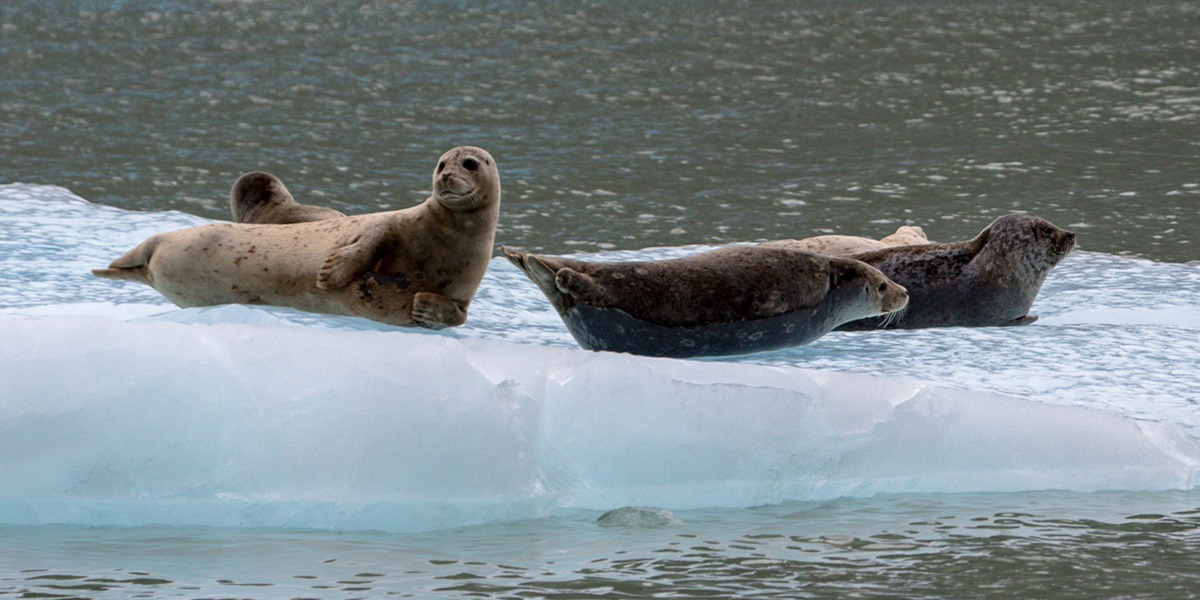
Seals in the Arctic
Two seal species inhabit Dutch waters: the harbour seal and the grey seal (Halichoerus grypus). Harbour seals also occur in the Arctic region, along with many other seal species, including walruses, bearded seals, ringed seals, hooded seals, and harp seals. These different species all have different characteristic features. Hooded seals for example, are known for the red balloon-like sac that can be inflated from one of their nostrils and is used to attract females. Ringed seals give birth to their young in lairs in the ice, out of sight of polar bears for which the ringed seals are one of the main prey species. All Arctic seal species are dependent on the ice for pupping and moulting, but some species also spend long periods in open waters.
It is very challenging to estimate the abundance of the different Arctic seal species. When considering the huge area that these seals inhabit, many of the Arctic seal species seem to have relatively small population sizes, of up to a few 100.000 individuals. Ringed and harp seals on the other hand are estimated at 1.5 million and 4.5 million individuals respectively.
The north pole: no land, but sea(ice)
Although large parts of Europe, North America, Asia and Russia are located above the Arctic circle, the geographic north pole is located in the Arctic Ocean, which is up to 4 km deep. Large parts of the Arctic Ocean are covered by sea ice during most of the year. Typically, the ice extends during winter, all the way up to the landmasses of the continents, and retreats partially during summer. Due to global warming however, more and more sea ice is melting and it is estimated that in 2050 the Arctic Ocean will be ice free in the summer. The sea ice is very important for Arctic seals, as they use it for pupping and moulting, and as resting areas between foraging trips. Not only will these changes affect seals, but also their prey will be affected, as previous studies have shown that the sea ice is also of great importance for fish and krill.
The harbour seal as a model species
The Arctic region spans a huge area, almost 15 million km2. The sheer size of the area, the ice, the harsh conditions and the darkness of the polar nights make it extremely challenging to do research in the Arctic, especially if you want to study seals that are distributed throughout the region. In contrast, a lot is known about the behavior and population development of Dutch harbour seals, due to extensive monitoring (e.g. by satellite tagging) and a smaller research area. Abundance estimates of harbour seals in the Wadden Sea range from 40.000-50.000 individuals. Their spatial movement patterns have been mapped and information about their diet and prey has been gathered. Although these Dutch seals are very different from their polar cousins and live in a completely different habitat, there are many similarities for which mathematical equations can be developed, such as foraging and diving behavior, the loss of body heat to the environment and how this is depended on body size and ambient temperature. Because the Dutch harbour seal is well-studied, it can serve as a model species to develop and validate these models. Additionally, current abundance and distribution estimates of Arctic seals will be made using satellite images and machine learning. This method will also be tested and validated in the Wadden Sea first.
Looking at the future
That the sea ice is retreating is a given fact. One of the main goals of the research is to create models and animations that show different possible consequences of this retreat for Arctic seals. Due to the disappearing sea ice, seals and walruses may be forced to find new haul outs, on land instead of ice, to reduce the distance to their feeding grounds. This has been observed in Point Lay, Alaska, where walrus densities increased, leading to an increased mortality. With the new predictive models, the researchers hope to identify new areas that might become important for Arctic seals. These predictions can be used to take proper conservation measures, in a pro-active way.
The project ‘An agent-based modelling tool to estimate the effect of retreating sea-ice and intensifying human activities on seals in the Arctic’ started in December 2018, and will run for four years. The research is funded by ‘NWO Topsector water’ and is co-financed by the Gemini Windpark, and is executed by the NIOZ, Wageningen University & Research, the Arctic Center Groningen and international partners. Team members include Jeroen Hoekendijk (NIOZ, WUR), Geert Aarts (NIOZ, WMR) and Sophie Brasseur (WMR), under supervision of Maarten Loonen (Arctic Center, RuG) and Wolf Mooij (NIOO-KNAW).
Team
The Dutch harbour seal:
'Hollands next top model '
to study the effects of climate change on Arctic seals
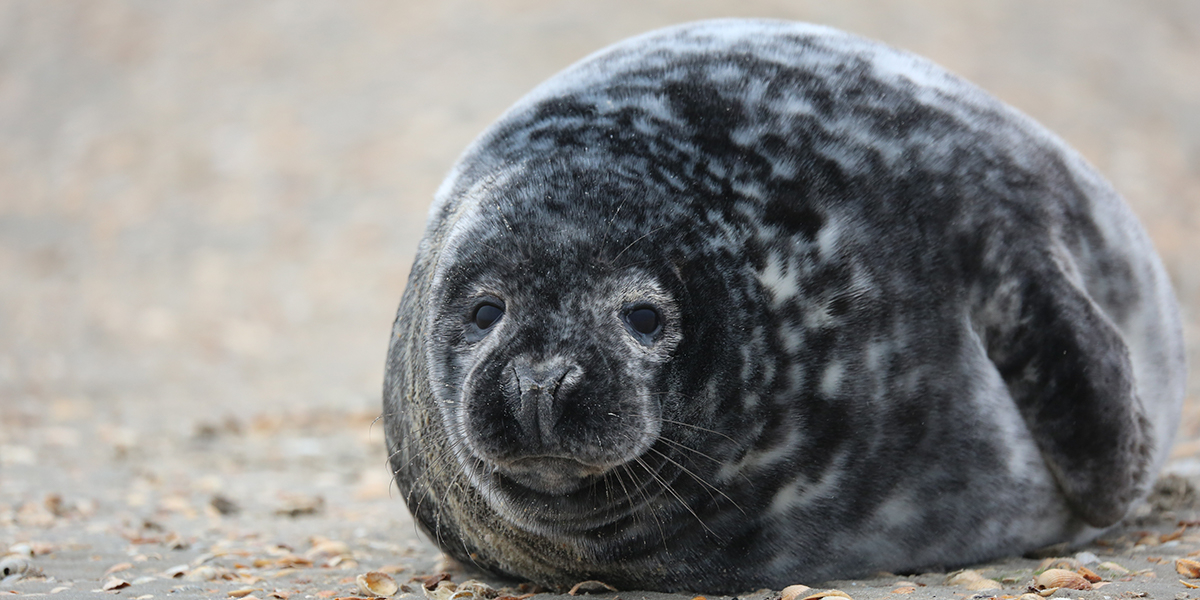
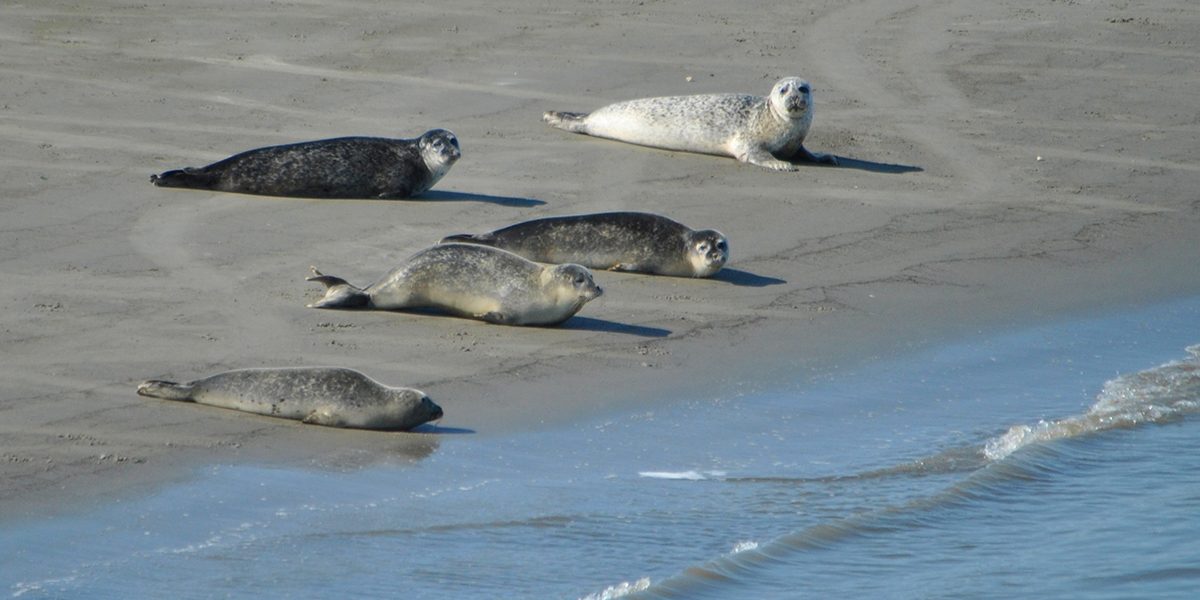
Monitoring population and behaviour of seals using satellite telemetry (GSM-GPS devices)
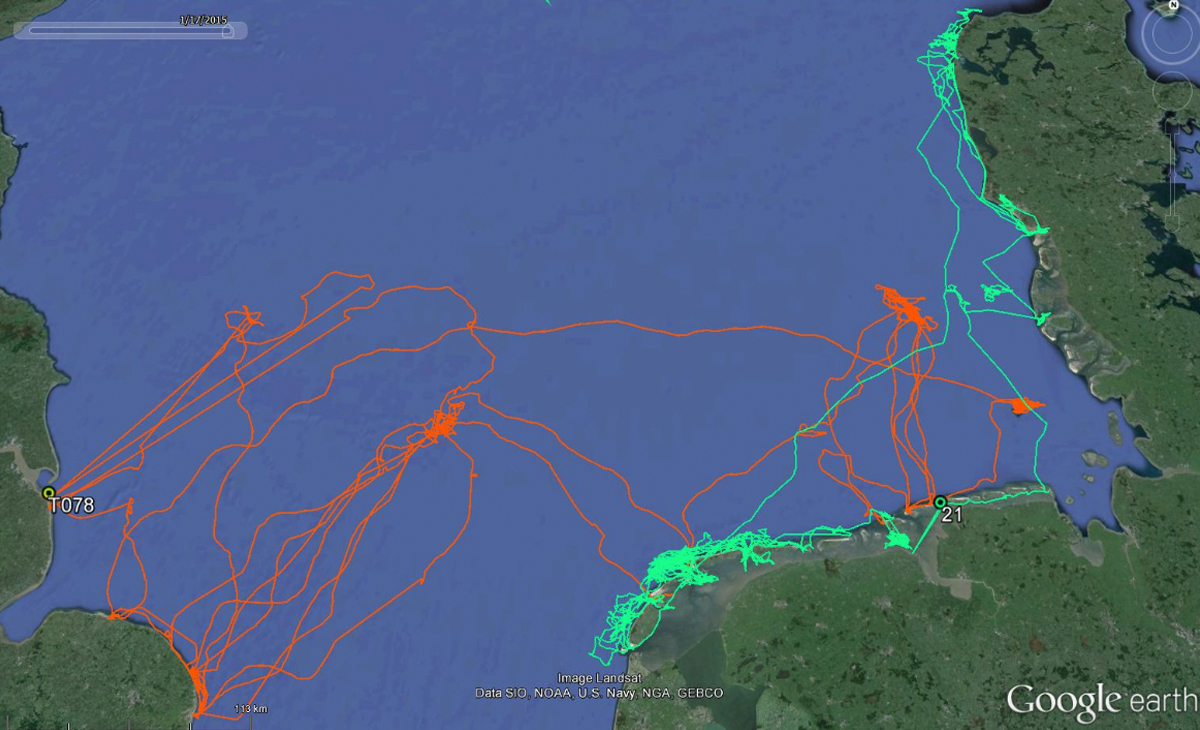
Seals and walruses may be forced to find new haul outs
